The Ultimate Guide to Hip Flexors: Understanding, Strengthening, and Preventing Injury
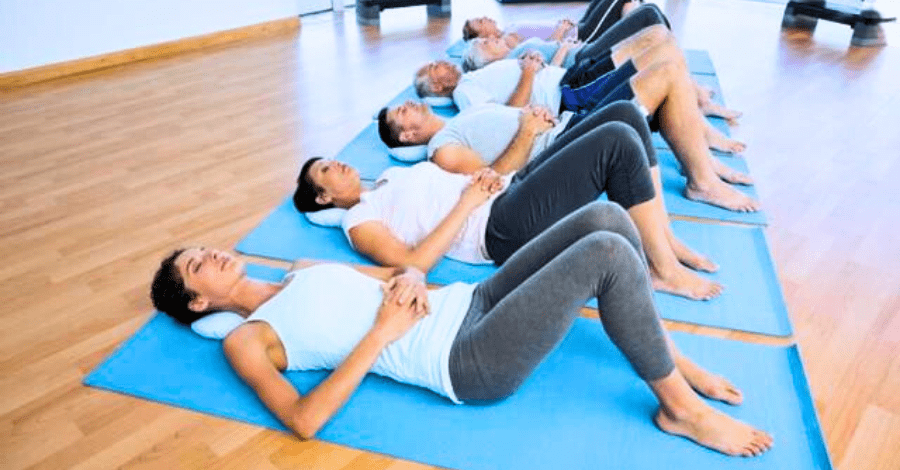
When it comes to maintaining mobility and strength, hip flexors play a crucial role. These powerful muscles are essential for a wide range of movements, from walking and running to bending and lifting.
However, despite their importance, hip flexors are often overlooked until they cause problems. This guide will delve into the anatomy, function, common issues, and ways to strengthen and protect your hip flexors.
What Are Hip Flexors?
Definition and Anatomy

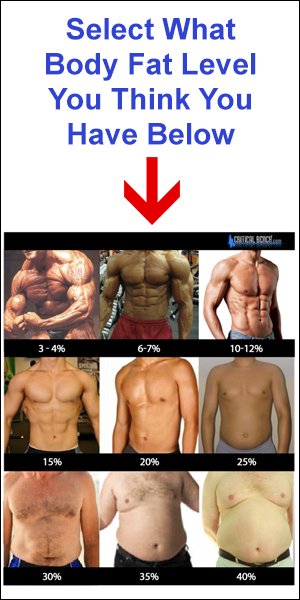
Hip flexors are a group of muscles located in the front part of your hip. They are responsible for bringing your knee towards your chest and bending at the waist.
The primary muscles that make up the hip flexors include the iliopsoas (comprised of the iliacus and psoas major), the rectus femoris (part of the quadriceps), and the sartorius.
Major Muscles Involved
- Iliopsoas: The most powerful hip flexor, it is formed by the merging of the iliacus and psoas major muscles.
- Rectus Femoris: Part of the quadriceps group, it also assists in hip flexion.
- Sartorius: The longest muscle in the body, it aids in both hip and knee movements.
Unlock the hip reflexes<<<<<<<
Functions of Hip Flexors
Role in Movement
Hip flexors are pivotal in various movements, including walking, running, and jumping. They allow you to lift your legs, bend at the waist, and stabilize your lower body during activities.
Importance in Stability and Posture
Beyond movement, hip flexors contribute to maintaining posture and stability. They help keep the pelvis in proper alignment, which is crucial for overall balance and preventing back pain.
Common Hip Flexor Issues
Tightness and Stiffness
One of the most common problems people face with their hip flexors is tightness. This can result from prolonged sitting or lack of stretching, leading to discomfort and limited flexibility.
Strains and Injuries
Hip flexor strains occur when the muscles are overstretched or torn, often due to sudden movements or overuse. Athletes are particularly susceptible to these injuries, which can range from mild discomfort to severe pain.
Unlock the hip reflexes<<<<<<<
Causes of Hip Flexor Problems
Sedentary Lifestyle
Spending long hours sitting can lead to shortened. This is common in people with desk jobs or those who spend a lot of time driving.
Overuse and Strain from Physical Activities

On the other end of the spectrum, athletes and active individuals may experience hip flexor issues due to overuse. Repetitive movements and intense training without proper warm-up or stretching can strain these muscles.
Or click below to see how to unlock your tight hip flexors today:
>> #1 stretch to END low back & hip pain (it works instantly).
Symptoms of Hip Flexor Issues
Pain and Discomfort
Pain is a common symptom of hip flexor problems. It can range from a dull ache to sharp pain, typically felt in the front of the hip or groin area.
Limited Range of Motion
Tight or injured can restrict your range of motion, making it difficult to perform activities that involve bending at the hip or lifting your leg.
Diagnosing Hip Flexor Problems
Physical Examination
A healthcare professional can diagnose issues through a physical examination, assessing pain points, range of motion, and strength.
Imaging Tests
In some cases, imaging tests such as X-rays, MRI, or ultrasound may be necessary to rule out other conditions and confirm the diagnosis.
Preventing Hip Flexor Issues
Importance of Stretching
Regular stretching is vital to maintain flexibility and prevent tightness. Incorporating hip flexor stretches into your routine can help keep these muscles healthy.
Strengthening Exercises
Strengthening can improve their function and reduce the risk of injury. Exercises that target these muscles should be part of a balanced fitness program.
Ergonomic Adjustments
Making ergonomic adjustments in your workspace or daily activities can help reduce strain on your hip flexors. Ensure your seating and posture are supportive to avoid unnecessary stress.
Unlock the hip reflexes<<<<<<<
Effective Hip Flexor Stretches
Standing Hip Flexor Stretch
Stand with your feet hip-width apart. Step one foot back and bend the front knee, keeping the back leg straight. Push your hips forward gently until you feel a stretch in the front of your hip. Hold for 20-30 seconds and switch sides.
Kneeling Hip Flexor Stretch
Kneel on one knee with the other foot in front, forming a 90-degree angle. Push your hips forward and hold the stretch for 20-30 seconds. Switch sides and repeat.
Butterfly Stretch
Sit on the floor with your feet together and knees bent out to the sides. Hold your feet and gently press your knees towards the floor. Hold for 20-30 seconds.
Strengthening Hip Flexors
Leg Raises
Lie on your back with your legs straight. Lift one leg towards the ceiling, keeping it straight, and then lower it slowly. Repeat 10-15 times on each side.
Mountain Climbers
Start in a plank position. Bring one knee towards your chest, then switch legs in a running motion. Perform for 30-60 seconds.
Hip Bridges
Lie on your back with your knees bent and feet flat on the floor. Lift your hips towards the ceiling, squeezing your glutes and hip flexors. Hold for a few seconds and lower. Repeat 10-15 times.
Hip Flexor Exercises for Athletes
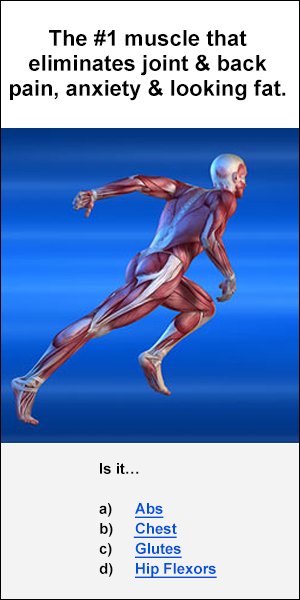
Dynamic Stretches
Dynamic stretches such as high knees or leg swings can help athletes prepare their hip flexors for activity and reduce the risk of injury.
Plyometric Exercises
Exercises like jump squats or box jumps engage the hip flexors explosively, improving strength and power.
Sport-Specific Drills
Incorporate drills that mimic the movements of your sport to train in relevant ways. For example, soccer players can practice kicking drills to strengthen their hip flexors.
Unlock the hip reflexes<<<<<<<
Rehabilitation for Hip Flexor Injuries
Rest and Recovery
Allow adequate rest and recovery time if you experience a hip flexor injury. Avoid activities that cause pain and give your muscles time to heal.
Physical Therapy
A physical therapist can provide targeted exercises and treatments to help rehabilitate and prevent future injuries.
Gradual Return to Activity
Return to physical activities gradually, following your therapist’s advice. Rushing back too soon can lead to re-injury.
Yoga and Hip Flexors
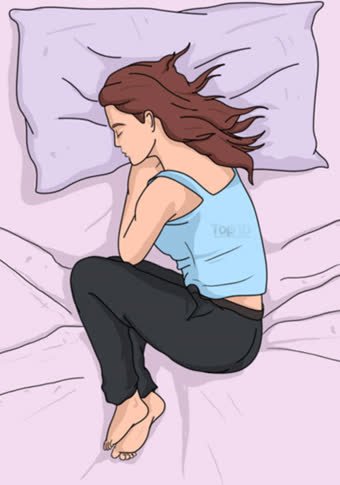
Benefits of Yoga for Hip Flexibility
Yoga can greatly enhance hip flexibility and strength. Poses that target the hip can help alleviate tightness and improve mobility.
Recommended Yoga Poses
- Warrior I: Stretches and strengthens.
- Pigeon Pose: Deeply stretches the hip flexors and glutes.
- Low Lunge: Targets and hamstrings.
Try it out:
>> 1 stretch erases pain, improves digestion, restores energy
Hip Flexors and Overall Fitness
Role in Functional Fitness
Hip flexors are essential for functional fitness, which focuses on exercises that mimic everyday movements. Strong hip flexors contribute to better overall mobility and balance.
Importance in Core Stability
The hip flexors are connected to the core muscles, playing a role in core stability. Strong hip flexors can enhance core strength and stability, reducing the risk of injuries.
Conclusion
Hip flexors are vital for movement, stability, and overall fitness. Understanding their function, common issues, and ways to keep them healthy can improve your quality of life and athletic performance.
Incorporate regular stretching, strengthening exercises, and ergonomic adjustments into your routine to prevent and manage hip flexor problems effectively.
FAQs about Hip Flexors
1. How can I tell if my hip flexors are tight?
Tight hip flexors often cause discomfort in the front of the hip, especially when standing up from a seated position. You might also experience limited range of motion and difficulty performing certain movements.
2. What are some common causes of hip flexor injuries?
Common causes include overuse from activities like running or cycling, sudden movements, and prolonged sitting. Improper warm-up and lack of stretching can also contribute to injuries.
3. How often should I stretch my flexors?
It’s beneficial to stretch your hip flexors daily, especially if you have a sedentary lifestyle or engage in activities that strain these muscles. Consistency is key to maintaining flexibility and preventing tightness.
4. Can strengthening my hip improve my athletic performance?
Yes, strong flexors are crucial for many athletic movements, including running, jumping, and kicking. Strengthening these muscles can enhance performance and reduce the risk of injuries.
5. Is yoga good for hip flexor health?
Absolutely. Yoga poses that target the hip flexors can improve flexibility, strength, and overall hip health. Incorporating yoga into your routine can help alleviate tightness and enhance mobility.



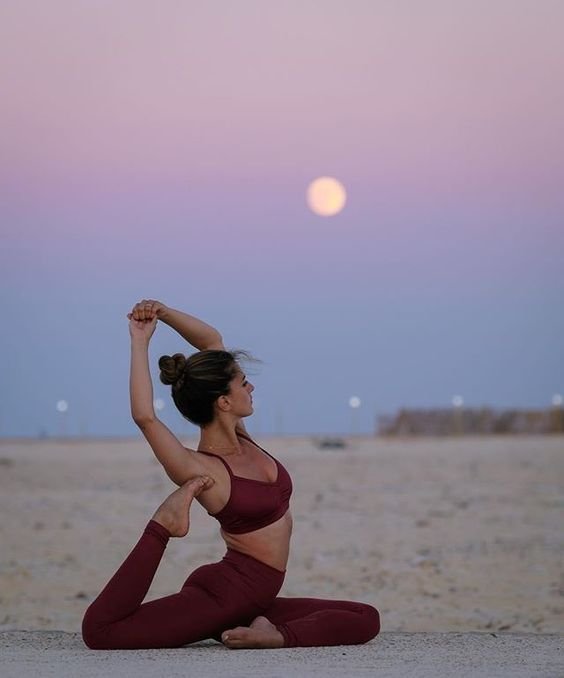
0 Comments